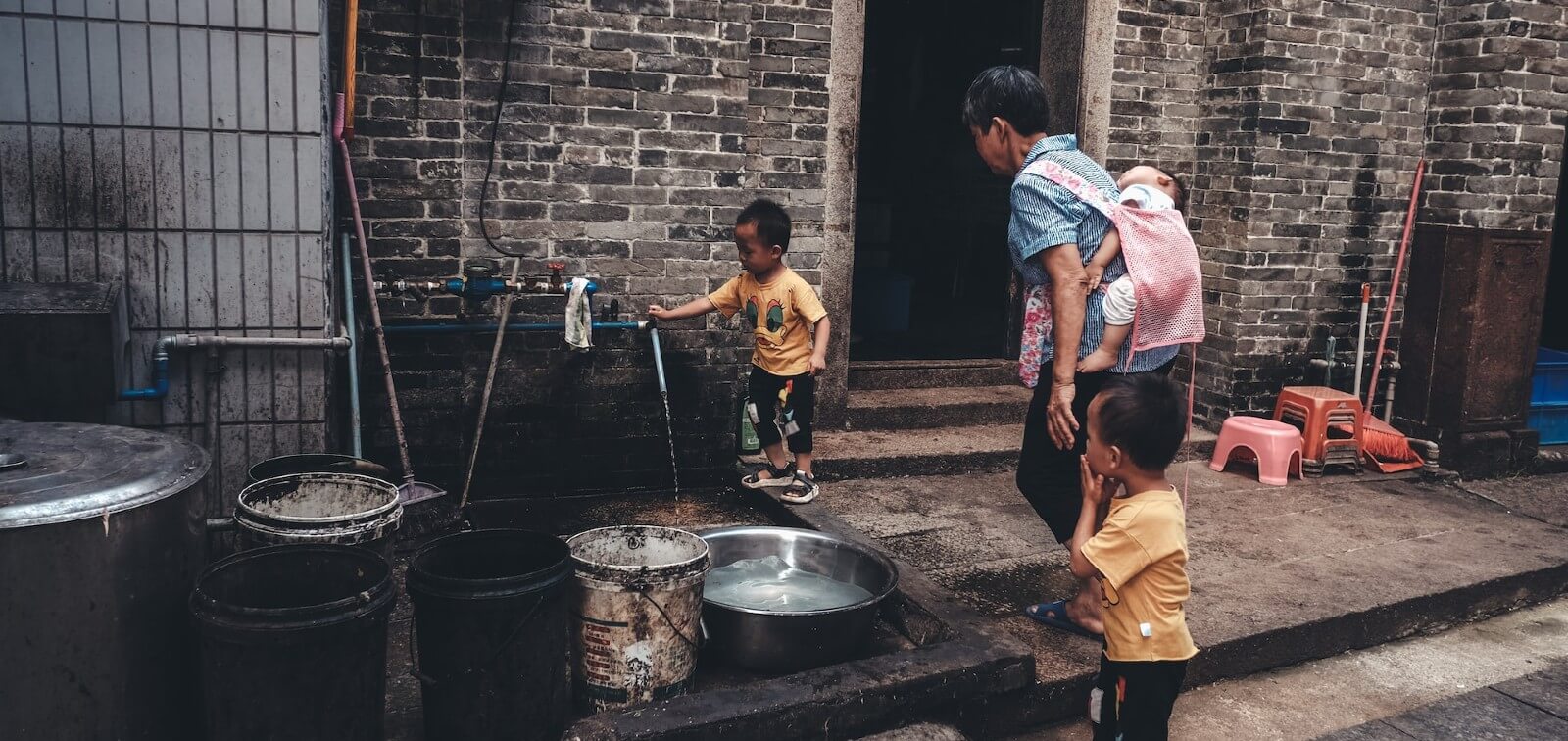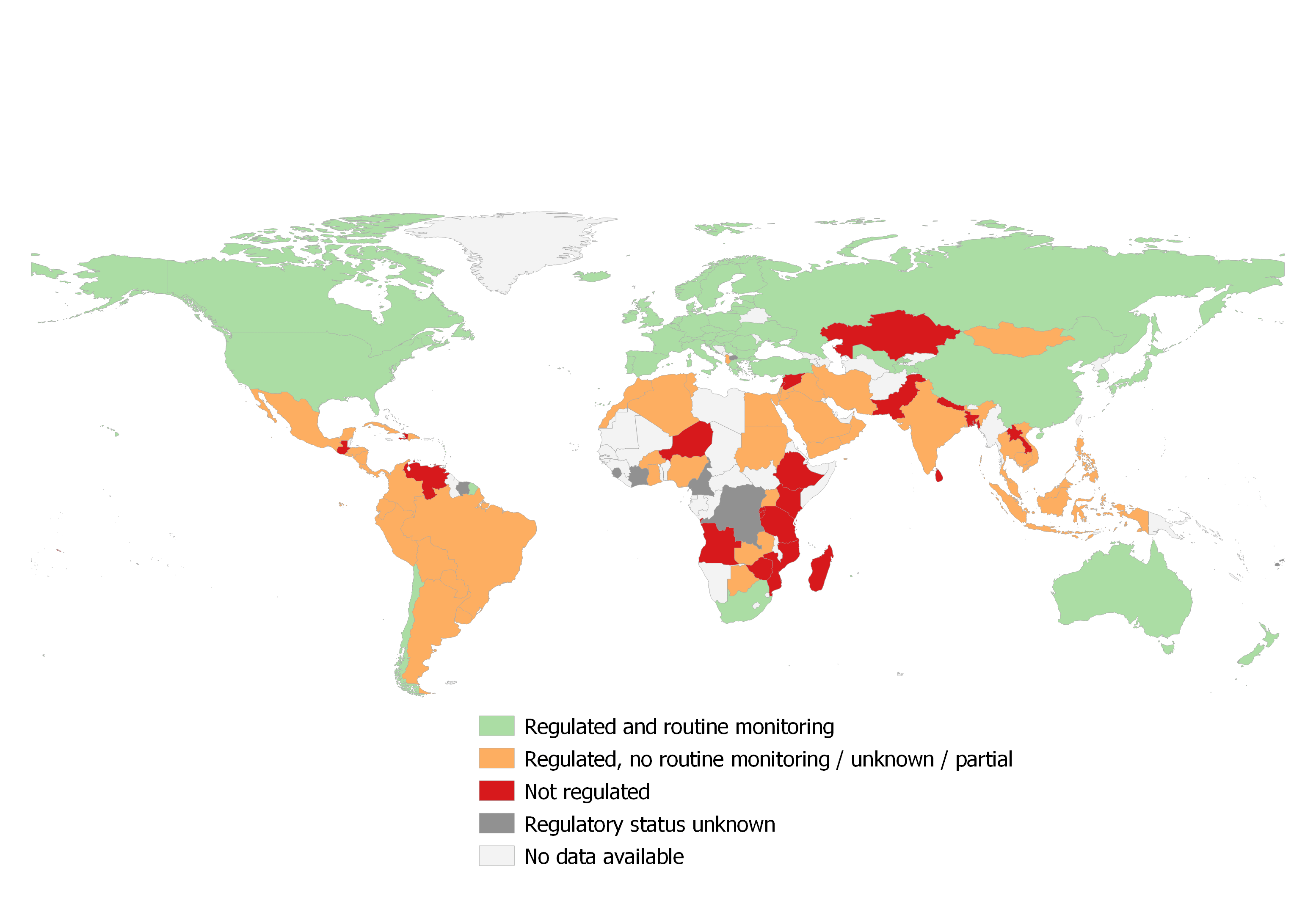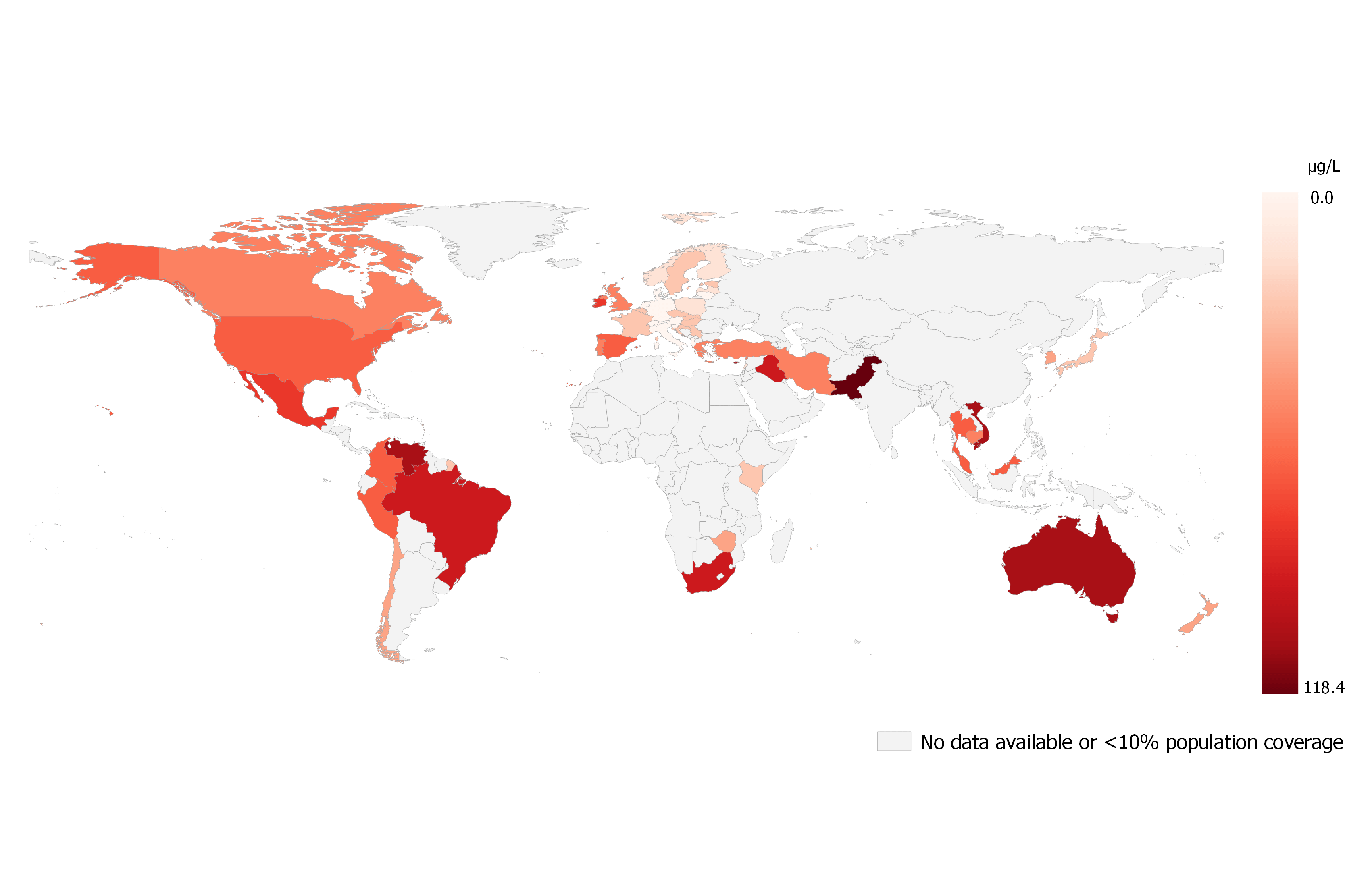Study Reveals Inequalities in the Regulation and Monitoring of Trihalomethane Levels in Drinking Water Worldwide
Among the countries that have a maximum contaminant level, the permitted threshold ranges from 25 μg/L in Denmark to 1000 μg/L in Botswana
06.02.2023
A study led by the Barcelona Institute for Global Health (ISGlobal), a centre supported by the ”la Caixa” Foundation, has revealed the “enormous gap” between high-income and low-income countries in the way they regulate and monitor the presence of chemical contaminants in drinking water. The study was published in the journal Water Research.
Disinfection of drinking water is necessary to prevent deaths and diarrheal disease. It is, however, also essential that this process be regulated and monitored because the disinfectant products used generate chemical by-products that are harmful to human health and associated, with negative outcomes, such as an increased risk of bladder cancer. Trihalomethanes, found in chlorine-treated water, are the most abundant class of disinfection by-products.
The objective of this study was to evaluate the regulation and monitoring of trihalomethanes all over the world. The team of researchers were able to collect data on trihalomethane management for 116 countries by combining the results of a survey of experts in each country with data obtained from a literature review and various online data sources. The presence of trihalomethanes in drinking water is not regulated at all in 27 of the countries studied. And in the 89 countries where disinfection by-products are regulated, the maximum permissible levels range from 25 μg/L in Denmark to 1.000 μg/L in Botswana. In the European Union, the maximum level permitted is 100 μg/L.

Regulatory status of trihalomethanes in drinking water.
Trihalomethanes in Drinking Water
It is important to note that routine monitoring of trihalomethane levels is carried out in only 47 of the countries studied. Moreover, data on trihalomethane levels in the water supplied to at least 90% of the population was available for only 14 countries—12 of which were European. At the other end of the scale, in 14 countries (including China, India, Russia and Nigeria, which together are home to 40% of the world’s population) only partial data relating to specific regions or cities were obtained.
“Our findings clearly highlight the huge gap that exists between high-income and low-income countries, not only in the regulation of levels of disinfection by-products in drinking water but also in how such levels are monitored and how compliance with chemical water quality standards is ensured”, explains Cristina Villanueva, ISGlobal researcher and first author of the study.

Maximum level of trihalomethanes permitted by each country's regulations.
Manolis Kogevinas, ISGlobal researcher and last author of the study makes another point: “We now have mechanisms that can minimise and monitor the presence of disinfection by-products in drinking water but, for various reasons, these are only being applied systematically in the most privileged countries. This is a global problem that is not getting the attention it deserves".
Reference
Cristina M Villanueva, Iro Evlampidou, Fathelrahman Ibrahim, Carolina Donat-Vargas, Antonia Valentin, Anca-Maria Tugulea, Shinya Echigo, Dragana Jovanovic, Albert T Lebedev, Mildred Lemus-Pérez, Manuel Rodriguez-Susa, Arben Luzati, Telma de Cássia dos Santos Nery, Pablo A Pastén, Marisa Quiñones, Stig Regli, Richard Weisman, Shaoxia Dong, Mina Ha, Songkeart Phattarapattamawong, Tarek Manasfi, Shaibu-Imodagbe Egbenya Musah, Amanda Eng, Karel Janák, Samantha C. Rush, David Reckhow, Stuart W. Krasner, Paolo Vineis, Susan D. Richardson, Manolis Kogevinas, Global assessment of chemical quality of drinking water: The case of trihalomethanes, Water Research, Volume 230, 2023, 119568, https://doi.org/10.1016/j.watres.2023.119568.



